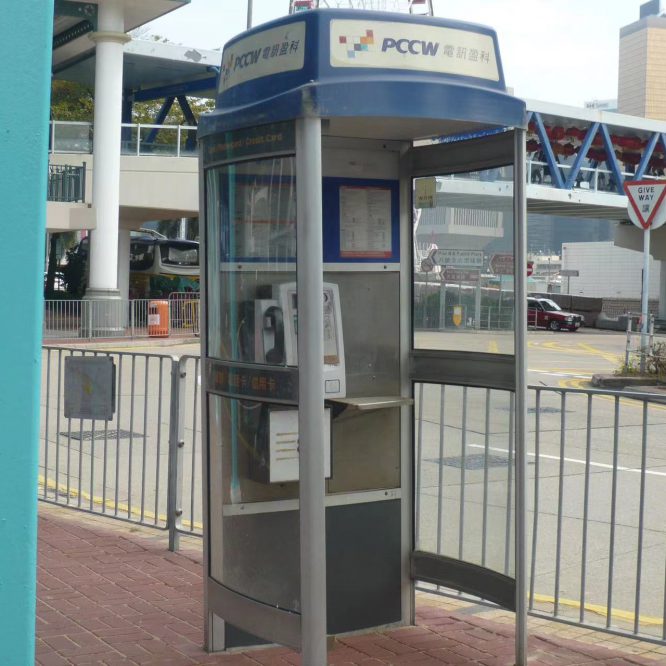[Fieldwork Report] The Mighty Peking Man
Youtube Link: https://youtu.be/Dolwu8mIiQY Transcript: Z: Hello, I’m Dorothy, and today we’re delving into a unique intersection between film and architecture. W: And I’m Makayla. We’ll be exploring the theme of vanishing spaces through two lenses: the natural world in film and urban development in reality. Z: The cinema, much like architecture, is a vessel for our collective dreams and fears. In ‘The Mighty Peking Man,’ the dense foliage of the primeval forest is not simply a backdrop but a character in its own right—an embodiment of a world that once was. Here, the forest breathes, fights, and succumbs, much like our urban

